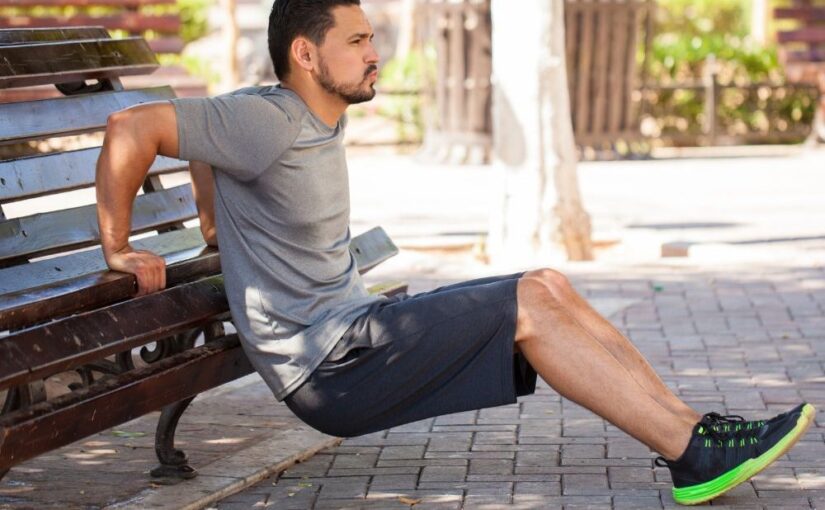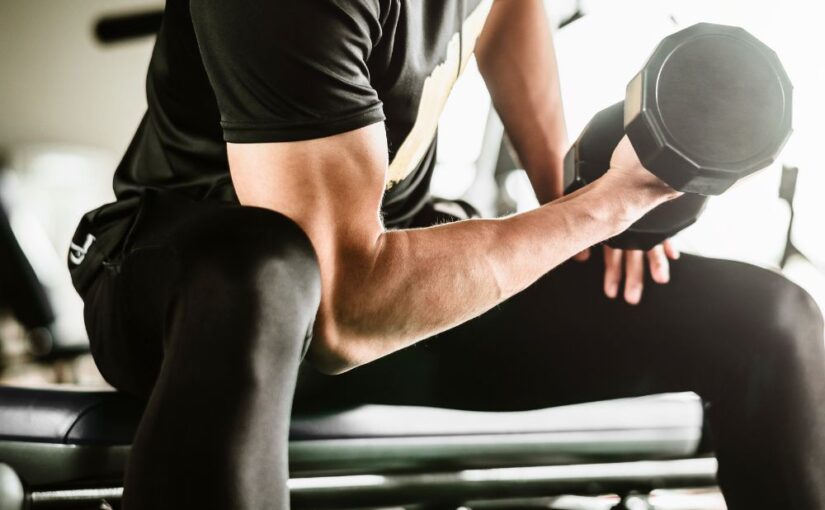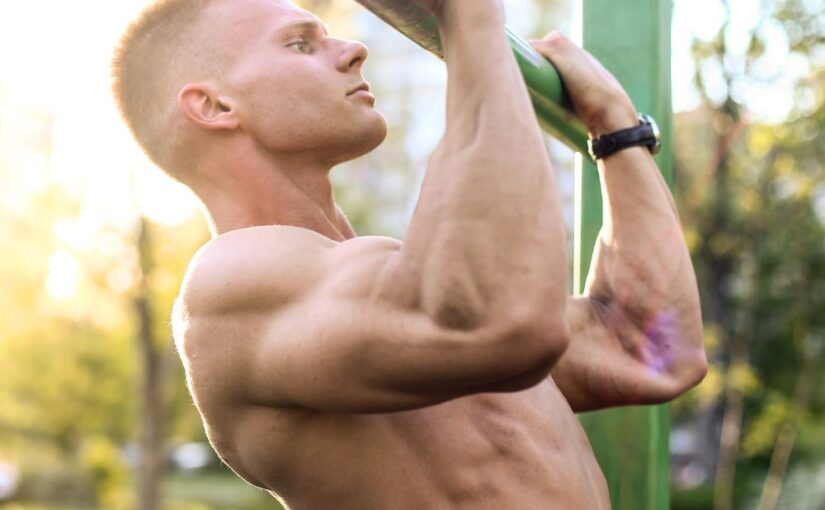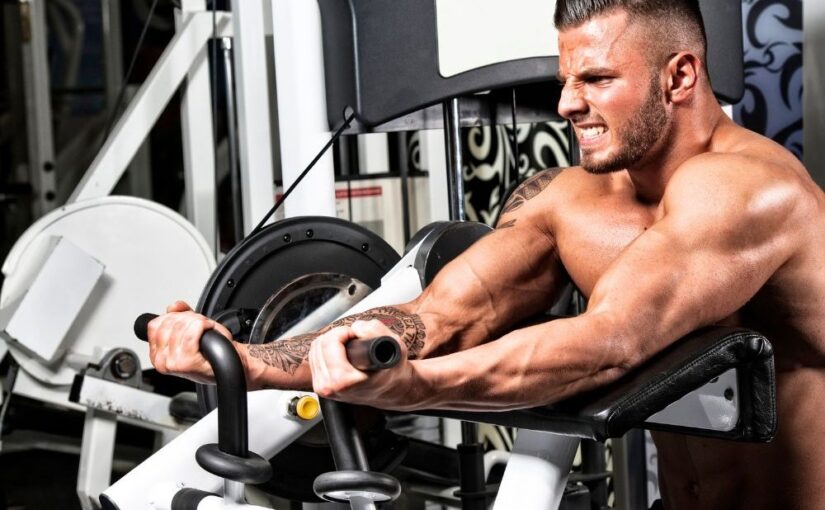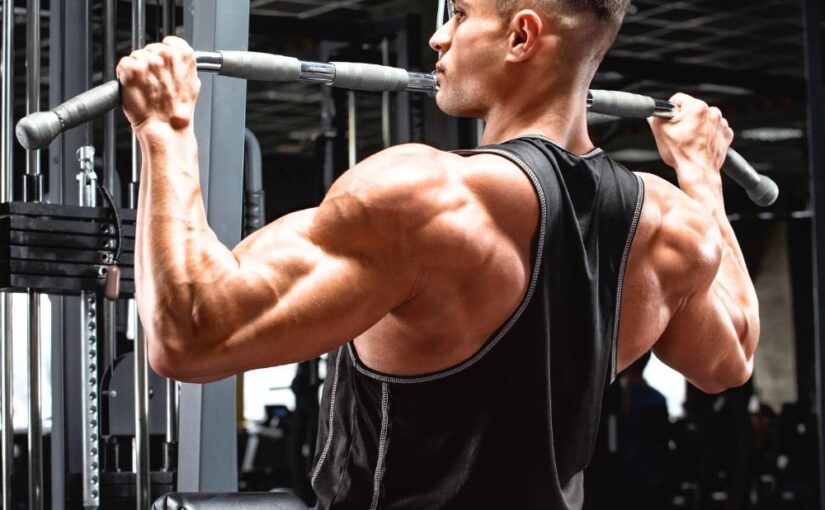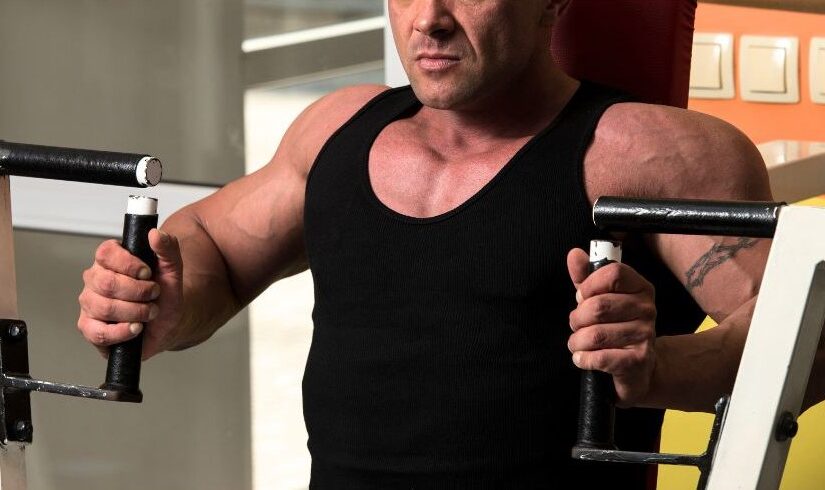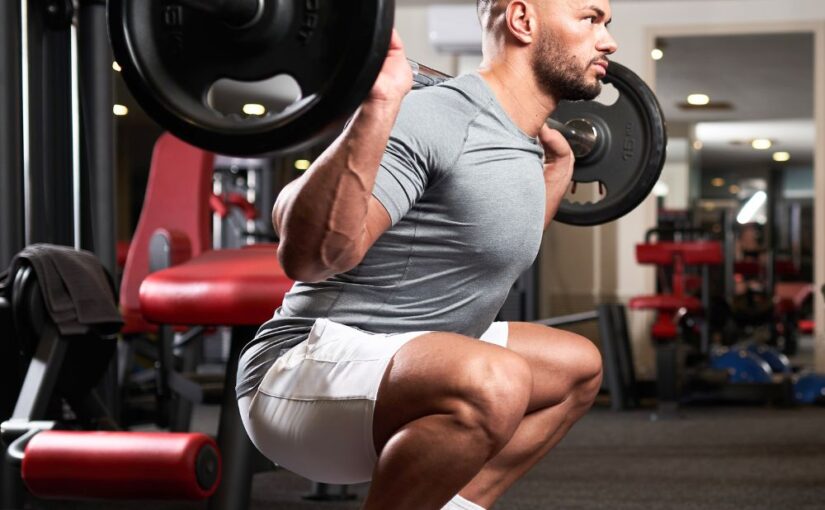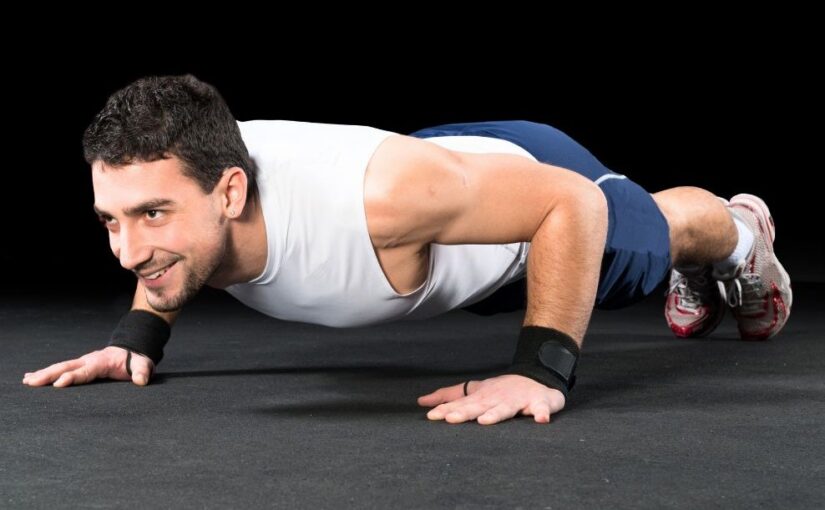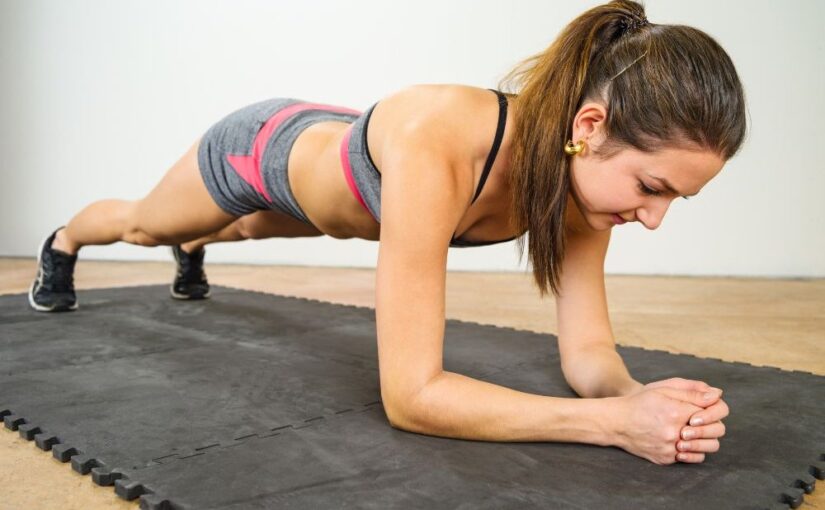Isometric exercises consist of muscle contractions that occur without any noticeable movement in the joint angle. While the muscles are engaged, there is no change in their length. This article explores the advantages and disadvantages of isometric exercises, practical applications, including the tricep dip hold, and who can benefit from them.
Advantages of Isometric Exercises
1. Muscle Strengthening
Isometric exercises effectively build strength in specific muscle groups, enhancing endurance and stability.
2. Minimal Equipment Needed
Many isometric exercises require little to no equipment, allowing you to perform them almost anywhere, making them ideal for home workouts.
3. Joint-Friendly
Isometric exercises are generally low-impact, making them easier on the joints compared to traditional weightlifting. This quality makes them an excellent option for individuals with joint issues or those recovering from injuries.
4. Time Efficiency
Isometric workouts can be completed in short bursts. A few sets of holds can provide significant benefits in just a few minutes, perfect for busy schedules.
5. Improved Stability and Control
These exercises enhance neuromuscular control, crucial for sports performance and daily activities, leading to better overall body mechanics and a reduced risk of injury.
Disadvantages of Isometric Exercises
1. Limited Range of Motion
Isometric exercises strengthen muscles only at the specific joint angle where the contraction occurs, which may limit functional movement improvements.
2. Potential for Blood Pressure Spikes
Isometric exercises can temporarily increase blood pressure due to sustained muscle contractions. Individuals with hypertension should consult a healthcare professional before incorporating them.
3. Boredom Factor
Holding positions for extended periods can become monotonous. The lack of movement might make these exercises less engaging compared to dynamic workouts.
4. Not Comprehensive for Muscle Building
While isometric exercises can build strength, they may not be sufficient for overall muscle development. A well-rounded fitness routine typically includes dynamic movements and resistance training.
5. Requires Proper Form
To maximize effectiveness and prevent injury, maintaining proper form during isometric exercises is crucial, which might be challenging for beginners.
Practical Applications: Isometric Exercises You Can Try
1. Planks
How to Perform:
- Begin in a push-up position with your forearms on the ground and your body in a straight line from head to heels.
- Engage your core, glutes, and shoulders.
- Sustain this position for 20-60 seconds. Repeat for 2 to 4 sets.
2. Wall Sits
How to Perform:
- Stand with your back against a wall and slide down until your thighs are level with the ground.
- Place your feet flat on the floor, spaced shoulder-width apart.
- Sustain this position for 30-60 seconds. Aim for 2 to 4 sets.
3. Static Lunges
How to Perform:
- Step forward with one foot into a lunge position, lowering your hips until both knees are bent at 90 degrees.
- Maintain the position without moving for 20-30 seconds, keeping your front knee over your ankle.
- Repeat for 2 to 4 sets on each side.
4. Glute Bridge Hold
How to Perform:
- Lie on your back with your knees bent and feet flat on the floor, positioned hip-width apart.
- Raise your hips off the floor til your body forms a straight line from shoulders to knees.
- Hold for 20-30 seconds. Perform 2 to 4 sets.
5. Isometric Bicep Curl
How to Perform:
- Stand with dumbbells in both hands, arms bent at a 90-degree angle.
- Hold the weight in this position without moving your forearm for 20-30 seconds, engaging your biceps.
- Aim for 2 to 4 sets.
6. Isometric Tricep Dip Hold
How to Perform:
- Find a sturdy chair or bench. Position your hands shoulder-width apart on the edge, fingers facing forward.
- Lower your body into a dip until your elbows are at a 90-degree angle.
- Hold this position at the bottom for 20-30 seconds, keeping tension in your triceps and core. Repeat for 2 to 4 sets.
7. Isometric Shoulder Press
How to Perform:
- Stand or sit with weights in both hands at shoulder height.
- Press the weights upward and hold that position, fully engaging your shoulder muscles.
- Sustain for 20-30 seconds. Perform 2 to 4 sets.
8. Isometric Side Leg Raise
How to Perform:
- Lie on your side with your legs stacked. Lift your top leg to hip height and hold it there.
- Keep the leg straight and engage your hip muscles.
- Sustain this position for 20-30 seconds, then switch sides. Repeat for 2 to 4 sets per side.
9. Seated Isometric Row
How to Perform:
- Sit on the ground and place your legs stretched out in front of you.
- Wrap a resistance band around your feet and grasp the ends. Pull the band towards your torso without moving your arms.
- Hold the contraction for 20-30 seconds, engaging your back muscles. Aim for 2 to 4 sets.
10. Isometric Calf Raise
How to Perform:
- Stand with your feet hip-width apart. Rise up onto your toes.
- Hold the position at the top for 20-30 seconds, engaging your calf muscles. Repeat for 2 to 4 sets.
11. Isometric Push-Up Hold
How to Perform:
- Lower yourself into a push-up position, stopping just above the ground.
- Hold this position for 20-30 seconds, engaging your chest, shoulders, and triceps. Perform 2 to 4 sets.
Who Can Benefit from Isometric Exercises?
1. Injury Recovery
Isometric exercises are beneficial for individuals recovering from injuries, as they allow for strength building without excessive strain.
2. Beginners
For those new to strength training, isometric exercises provide a low-risk way to learn proper form and engage muscles without the complexity of dynamic movements.
3. Older Adults
Isometric exercises can help older adults maintain strength and stability, reducing the risk of falls and enhancing overall functional mobility.
4. Athletes
Athletes can use isometric exercises to target specific muscle groups and improve stability, which is crucial for performance in various sports.
5. Those with Joint Issues
Individuals with joint pain or conditions like arthritis may find isometric exercises a safe and effective way to strengthen muscles without aggravating their symptoms.
Conclusion
Isometric exercises offer numerous benefits, including improved strength, joint safety, and convenience. They can be applied in various ways to enhance your fitness routine, making them versatile for different fitness levels and goals. While they have limitations, incorporating isometric exercises into a balanced fitness program can enhance overall performance and well-being. Always consult with a fitness professional if you’re unsure about the best approach for your individual needs and goals, especially when recovering from an injury. With practical applications suitable for various conditions, isometric exercises can be a valuable addition to any workout regimen.


